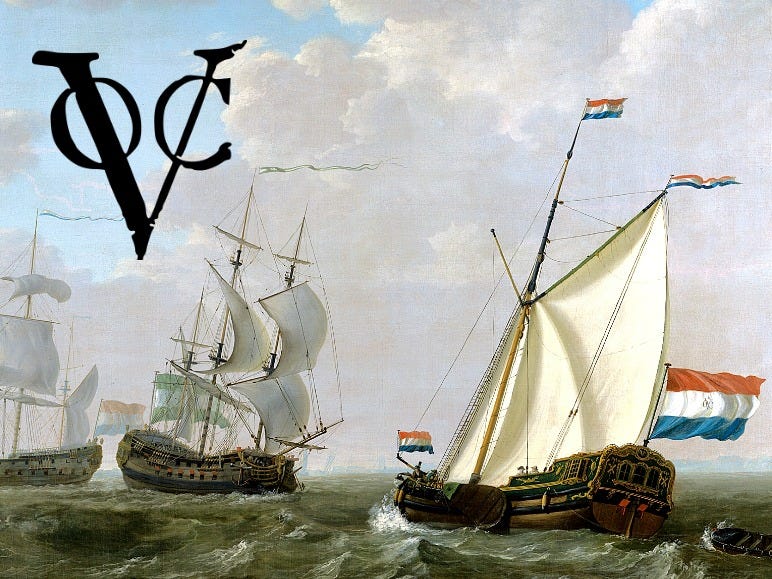The Netherlands: A relatively tolerant history
If you ask someone from the United States to describe the culture in the Netherlands, it is likely that they would say something along the lines of "open", "accepting", or "liberal." While today these descriptions may hold truth, we must consider how our current understanding of The Netherlands has been shaped over time. It is unlikely that the everyday American would be aware of the Dutch involvement in the slave trade, prosecuting inter-faith/inter-racial marriages, or the anti-immigration sentiment in The Netherlands.
On our first day of class, Chantal- the IES Center Director- gave us a run-down of how the Netherlands originated and developed throughout the years. Coming in with barely any knowledge of Dutch history, this has proved useful both in understanding our class, but also navigating Amsterdam more generally. Amsterdam's proximity to the water made it a prime location to facilitate trade, resulting in the Dutch East India Company (VOC) rising to power (Rose & Heijmans, 2021). In addition, the VOC enlisted slave labor in several of its colonies across the world- with some of these territories belonging to The Netherlands today (Rose & Heijmans, 2021). All of this to say, Dutch society was not set up for everyone to succeed and be equal.
 |
It is also important to note that The Netherlands, while currently accepting of ideas like abortion, LGBTQIA+ identities, and recreational drugs, the idea of being tolerant came out of necessity rather than by principle. The Netherlands initially did not have the political power to enforce a religion, and this resulted in a theme of "relative tolerance" towards others (Mijnhardt, 2010). The idea of being tolerant towards others as long as they are not directly impacting your wellbeing is evident today. There is a high acceptance towards others getting abortions while a majority of people would not get an abortion themselves.
Another Dutch concept we have come to understand is the idea of pillarization. Pillarization describes how members of various pockets of society (i.e. Catholic, Protestant, Liberal, Socialist) strictly interact with and consume messaging from members of their own community (de Haan, 2010). The idea of Pillarization can be seen in the current Dutch political system where there are ~30 political parties people can vote for.
 |
| Pillarization visualization |
538 words
I have acted with honesty and integrity in producing this work and am unaware of anyone who has not. /s/ Davis Warms
de Haan, I. (2010 ). Politics between accommodation and commotion. In E. Beamusca & J. Verheul (Eds.), Discovering the Dutch, on culture and society of the Netherlands (Chapter 9). Amsterdam University Press.
Mijnhardt, W. (2010). A tradition of tolerance. In E. Beamusca & J. Verheul (Eds.), Discovering the Dutch, on culture and society of the Netherlands (Chapter 8). Amsterdam University Press.
Rose, S., & Heijmans, E. (2021). From impropriety to betrayal: Policing non-marital sex in the Early Modern Dutch Empire. Journal of Social History, 55(2), 315-344.


Comments
Post a Comment